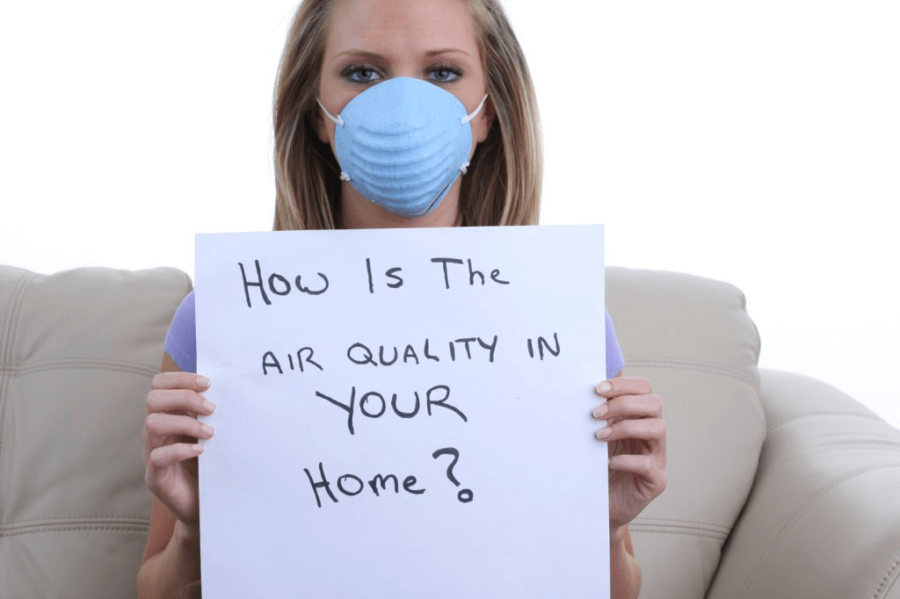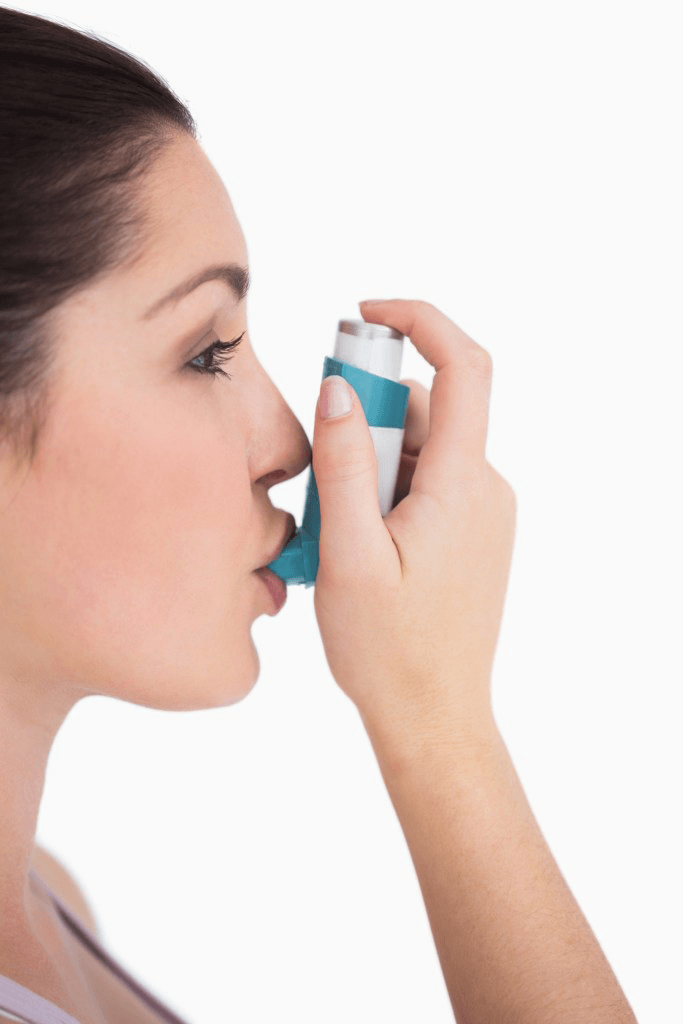When someone in the home has asthma, looking at your air quality is crucial. However, the problem is, do you know if the air is really safe?
You can’t really “see” the air in your home. Bad odor and smoke, of course, are indications of poor air. However, subtle changes can’t easily be detected. For instance, when buying a new carpet, the level of VOCs (volatile organic compounds) in your home might increase. Studies have shown that there is a link between VOCs and asthma. PGEs (or propylene glycol and glycol ethers), a type of VOC and a common substance in water-based paint, “might exacerbate or even cause allergic disorders and asthma.”
So, how can you be sure that the air in your home is safe? When keeping children’s health in mind you have to take into consideration everything, including the air they breath.
Proper ventilation is key. All homes are built differently and use a variety of systems. However, regardless of which system you use, it’s crucial that the home has adequate airflow and proper filtration. Installing door screens and keeping indoor plants can also help with natural ventilation.
When showering or bathing, always use the bathroom exhaust. This can help lower the humidity in the home and help prevent the growth of mold.
Choose safe cleaning products. There are plenty of natural alternatives, such as white vinegar, baking soda, and liquid soap. Sure, it takes a little bit of work in order to cook up these natural cleaning recipes, but you can be sure that there are no harmful chemicals that will linger in your home.
Air it out. Before installing a new carpet, a ceiling covering, or new furniture that has undergone a treatment process, it’s best to air them out in an area where there is plenty of ventilation.
Luckily, with the advances of mobile technology and the prevalence of apps, there’s now a way to “see” how the air in your home – install an indoor air quality sensor such as uHoo. Depending on the type of sensor, you’ll get data about the level of VOCs and dust in your home. It takes out the guesswork.
By maintaining proper ventilation, you can improve your children’s health and keep them safe from asthma. By carefully choosing the products you use at home, and taking advantage of available technology, you’ll have a better idea of the quality of the air in your home and keep your family safe.







